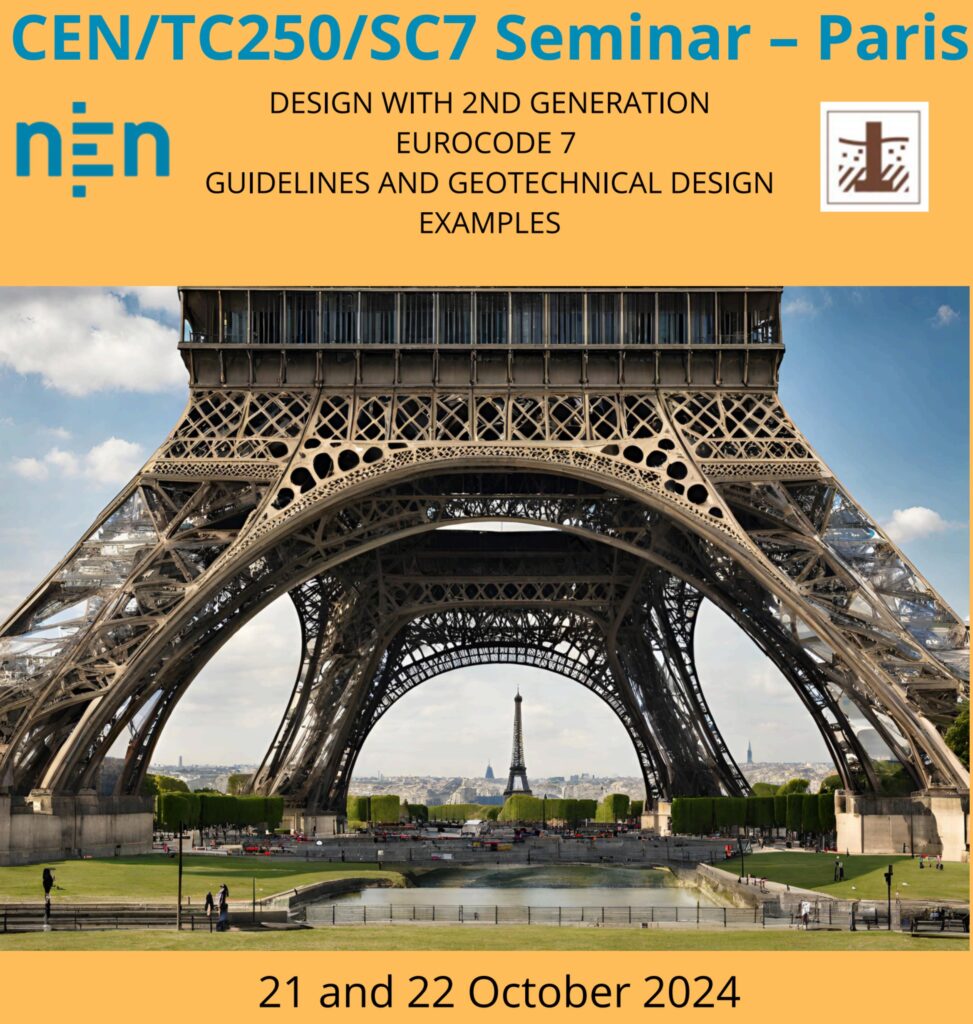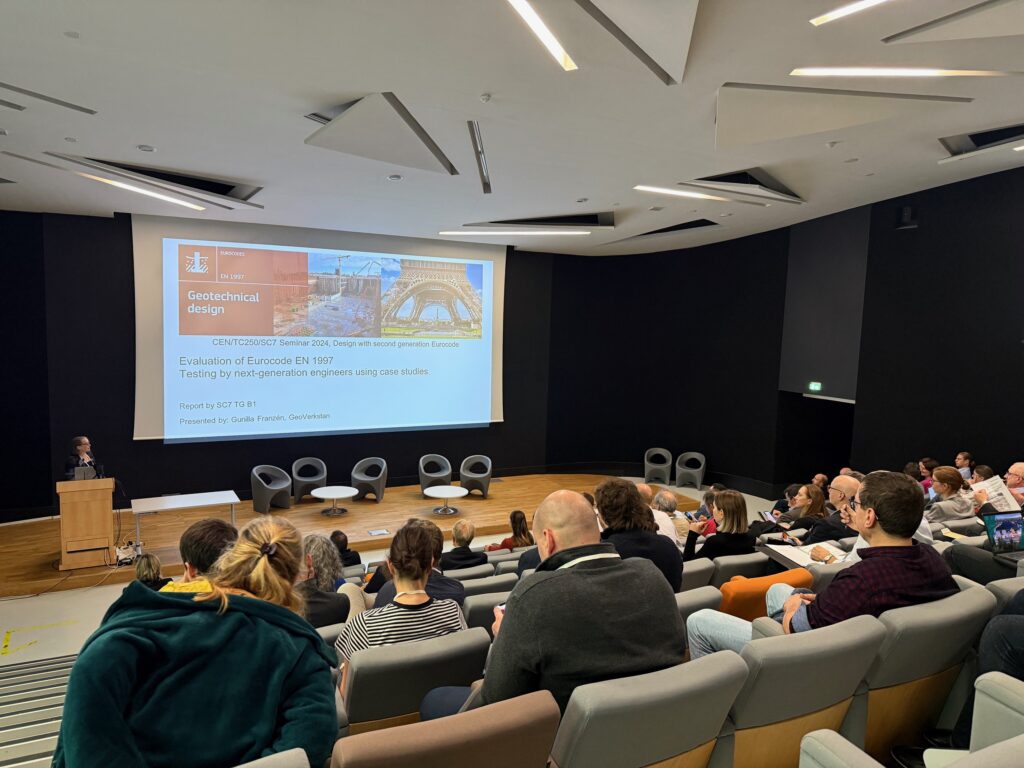The second generation of Eurocode 7 is expected to introduce more refined and advanced design methodologies to enable Engineers to achieve more consistent and reliable results. Some of the key changes that are expected to be introduced include updated approaches for site investigations, more sophisticated soil models, and revised design criteria for foundation systems. There is also likely to be a greater emphasis on using numerical methods, such as finite element analysis, in geotechnical design.
Practising geotechnical Engineers will need to become familiar with the new Eurocode 7 and adapt their design methodologies and practices accordingly. This may involve investing in new software or training to better understand the latest design approaches. However, the changes are expected to ultimately lead to more advanced and efficient geotechnical design, allowing Engineers to tackle increasingly complex projects confidently.
Dr Mothersille attended a two-day design seminar hosted by CEN/TC250/SC7 at Université Gustave Eiffel in Paris. There were more than 150 attendees and 40 speakers covering a multitude of areas, including;
Guidelines on designing with the 2nd Generation Eurocode 7:
1. How to obtain representative ground parameter values from data derived from individual geotechnical tests
2. What is a Ground Model, and how is it derived?
3. What other probabilistic methods next to partial factors are available for geotechnical ULS – design?
4. What is the link between design and execution made in Eurocode 7
Design examples on the 2nd Generation Eurocode 7:
Groundwater limit states, rock engineering, slopes, spread foundations, piles, retaining structures, anchors, reinforced fill, soil nails, rock bolts and ground improvement.
Guidance on setting up the National Annex:
Describing the TC250 rules for drafting the National Annex.


View from the main auditorium